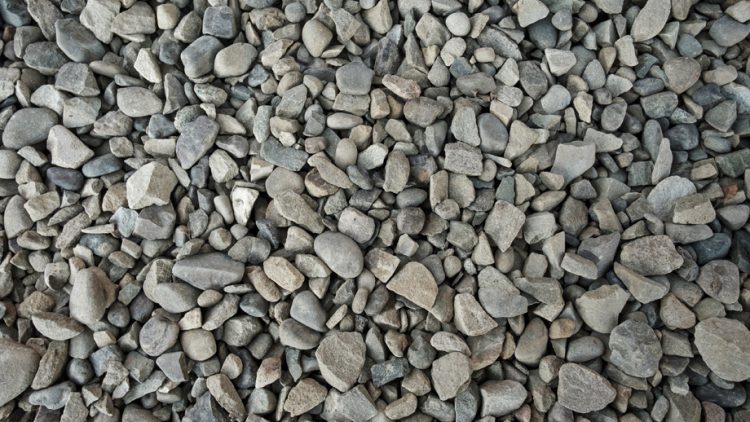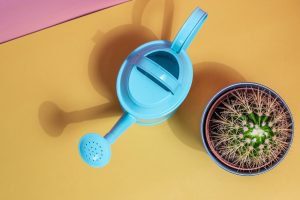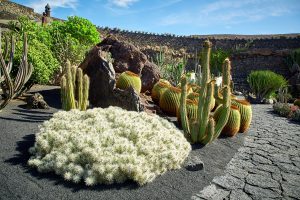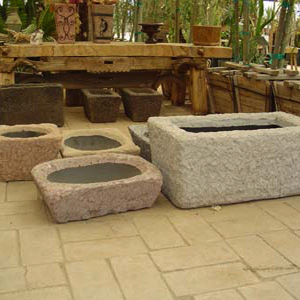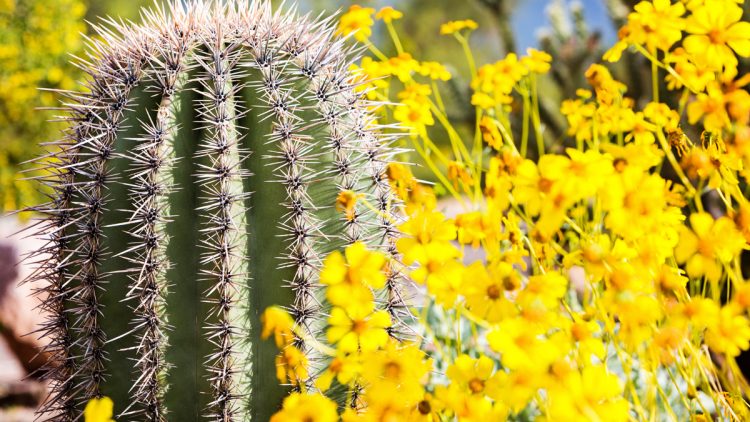Water fountains can be environmentally safe, but their impact depends on various factors such as design, water source, energy use, and maintenance practices. Here are some considerations to ensure water fountains are eco-friendly:
Positive Environmental Aspects
- Water Recycling: Many modern water fountains are designed to recycle water. This reduces water waste by continuously filtering and reusing the same water.
- Solar-Powered Fountains: Using solar panels to power water pumps reduces the reliance on electricity generated from fossil fuels, lowering the carbon footprint.
- Habitat Creation: Water fountains, particularly those in gardens or parks, can provide habitats for birds, insects, and other wildlife, contributing to local biodiversity.
- Cooling Effect: Fountains can help cool the surrounding area through the evaporation of water, providing a natural way to reduce heat in urban environments.
Potential Environmental Concerns
- Water Consumption: Fountains that don’t recycle water can consume large amounts of water, which is a concern in areas facing water scarcity.
- Energy Use: Fountains powered by traditional electricity sources can contribute to greenhouse gas emissions. Ensuring energy-efficient pumps and considering renewable energy sources can mitigate this impact.
- Chemical Use: Chemicals used to keep fountain water clean (like chlorine) can be harmful if not managed properly. Opting for natural filtration systems or environmentally friendly cleaning agents can reduce this risk.
- Maintenance and Materials: The materials used to construct fountains and their maintenance practices can have environmental impacts. Sustainable materials and eco-friendly maintenance practices help minimize these effects.
Tips for Environmentally Friendly Water Fountains
- Use Recirculating Systems: Ensure the fountain uses a recirculating pump to minimize water usage.
- Opt for Solar Power: Choose solar-powered fountains to reduce energy consumption and reliance on non-renewable energy sources.
- Eco-Friendly Materials: Select fountains made from sustainable or recycled materials. Avoid using materials that have high environmental costs, like certain plastics or non-renewable stones.
- Natural Filtration: Utilize natural filtration systems like biofilters or plants to keep the water clean instead of chemical treatments.
- Proper Maintenance: Regular maintenance can prevent leaks and ensure the fountain operates efficiently. Use eco-friendly cleaning products to avoid contaminating the environment.
- Water Conservation Features: Incorporate features like automatic shut-off valves or timers to ensure the fountain operates only when needed.
- Native Plant Integration: Surround the fountain with native plants to enhance local biodiversity and create a balanced ecosystem.
By considering these factors, water fountains can be designed and maintained in a way that is safe and beneficial for the environment.
While water fountains might seem simple on the surface there are different designs and types. There are water fountains which sit on the ground and others are mounted straight to walls. Depending on the area your fountain will reside, the architect
A fountain is available for any location in your home, your residential landscape, and even your commercial office!
Wall Fountains
Choose by the statement you want it to say about your home and/or office.
By placing your fountain upon a wall you will be making more space in your home and/or office.
Put some elegance in the room of your choice by creating wall fountains, by changing the normal
wall décor to fountains.
Since it is harder for children and pets to reach, it makes things a lot safer.
Add your company’s log to your fountain and increase brand exposure.
Floor Fountains and Water Walls
Water walls will captivate customers, and gives off a relaxing effect.
It can also benefit your pet, for pets enjoy it when they are allowed to drink from a fountain.
Use your logo for personalizing your company’s brand, and start receiving more brand recognition.
Keep in mind, the floor fountains are easily moved, since they are not mounted on a wall.
Fountains that stay on the floor are usually easily installed.
Outdoor / Garden Fountains
One way to put that ‘Wow’ factor into your home and/or office is to install an Outdoor – Garden Fountain.
People will be tossing coins in your Outdoor – Garden Fountain, to make wishes. Imagine, collecting these coins up every day!
You would be able to drown out/block any unwanted noises by having a larger fountain installed. Replace the unwanted sounds with the soothing that comes from the water.
The garden fountain will be easy to install, for the majority of them is only going to need a level surface.
You will be able to relax and watch as the birds use your fountain as their playground.
Lake and Pond Fountains
- Controls Bugs and Mosquitoes:
Having a lake fountain is beneficial, as it creates water that is agitated, which helps the water from drawing in mosquitos for developing their eggs.
Pond and lake fountains help in increase the waters circulation, improve the water quality, the life of the fish and plants.
Enhance your home and/or office with a pond or lake fountain, with the stunning effect it gives off visually.
The growth of algae will be limited from the circulation a fountain puts in the water, additionally, it also makes the water better oxygenated.
Tabletop Fountains
Most pets enjoy playing, and drinking, from a fountain, however, maybe not your cat! Also, fountains will be safe for your pets.
It only takes a few minutes to set up a table top fountain.
Even if you have a tight budget, a tabletop fountain will let you enjoy a fountains many benefits.
A tabletop fountain is going to give your home and/or office that element – that says sophistication.
When you have to get a gift for someone, whether it is a friend, a family member, customers, or spouse, Tabletop fountains are great to give.
Phoenix Valley Water Fountain Sales
If you live in or near the Phoenix Valley in Arizona and would like to get a new water fountain Desert Foothills Gardens Nursery, Inc. has a wide selection, friendly sales, and expert landscapers. We have design specialists that can help you choose the right look, size, and material for your water fountain. When you are asking “What type of water fountain should I buy?” we will help you narrow down what matters to you, and find the perfect choice for your home or office. Call us at 480-488-9455 for information about our fountains.


